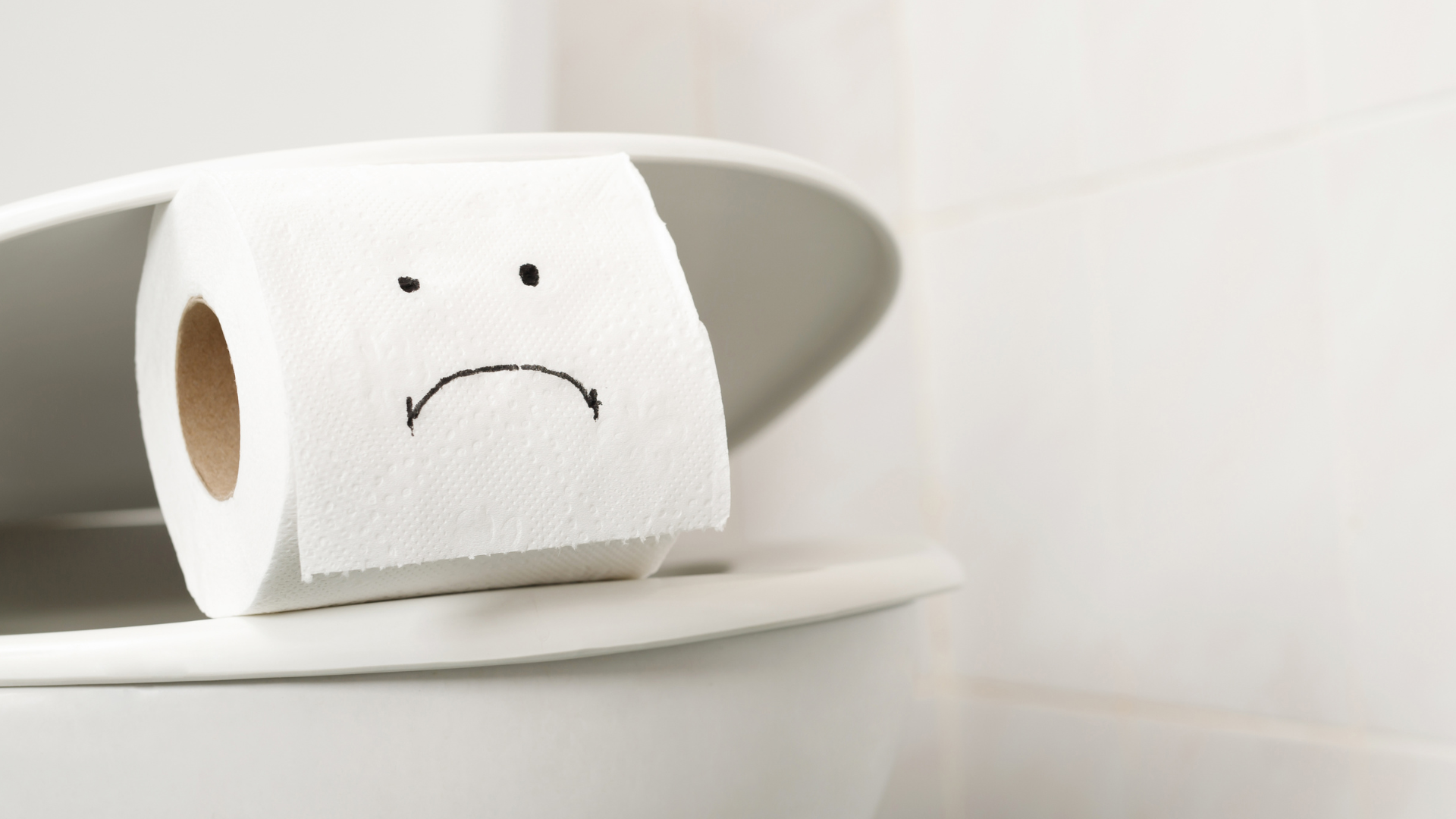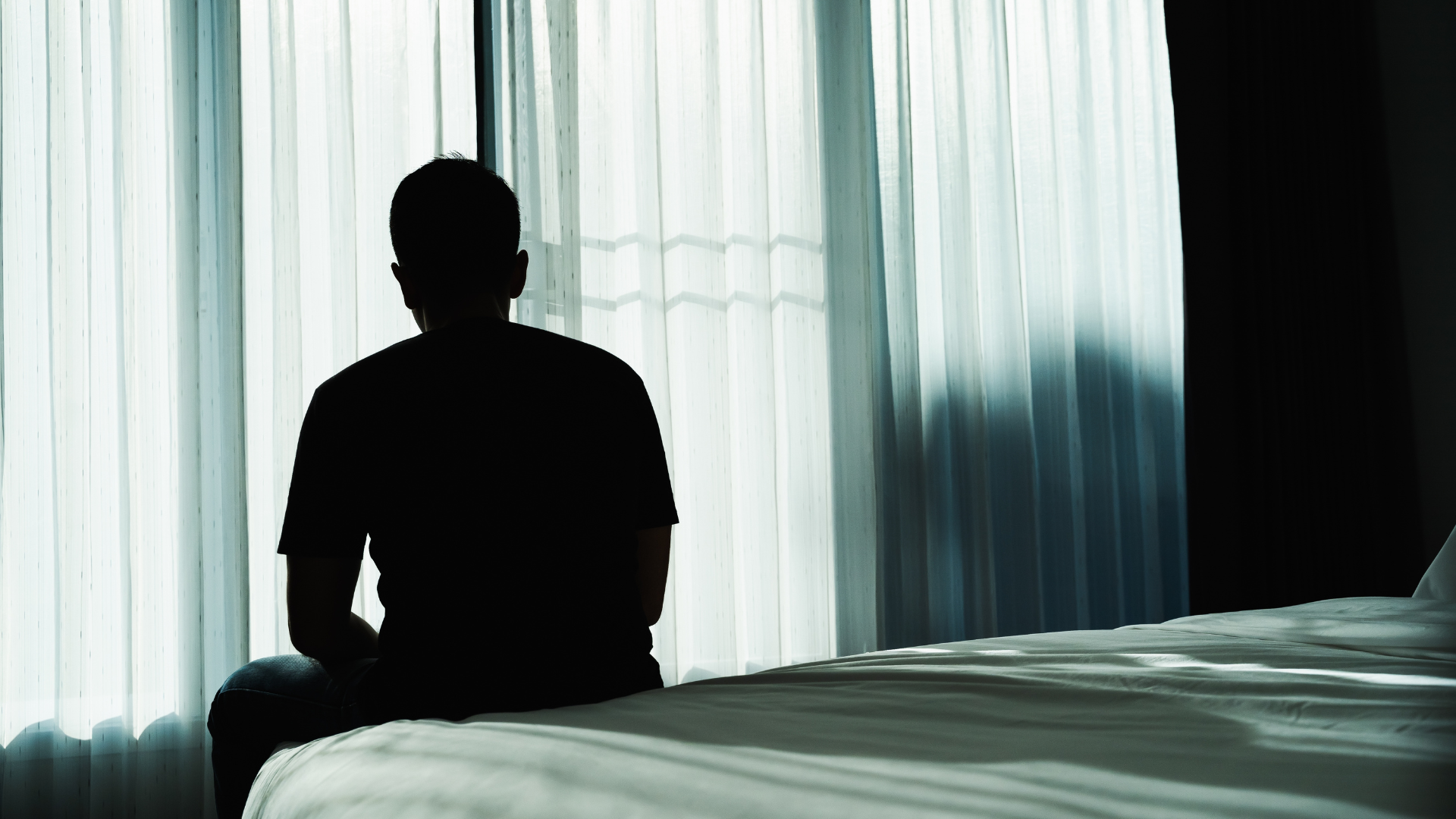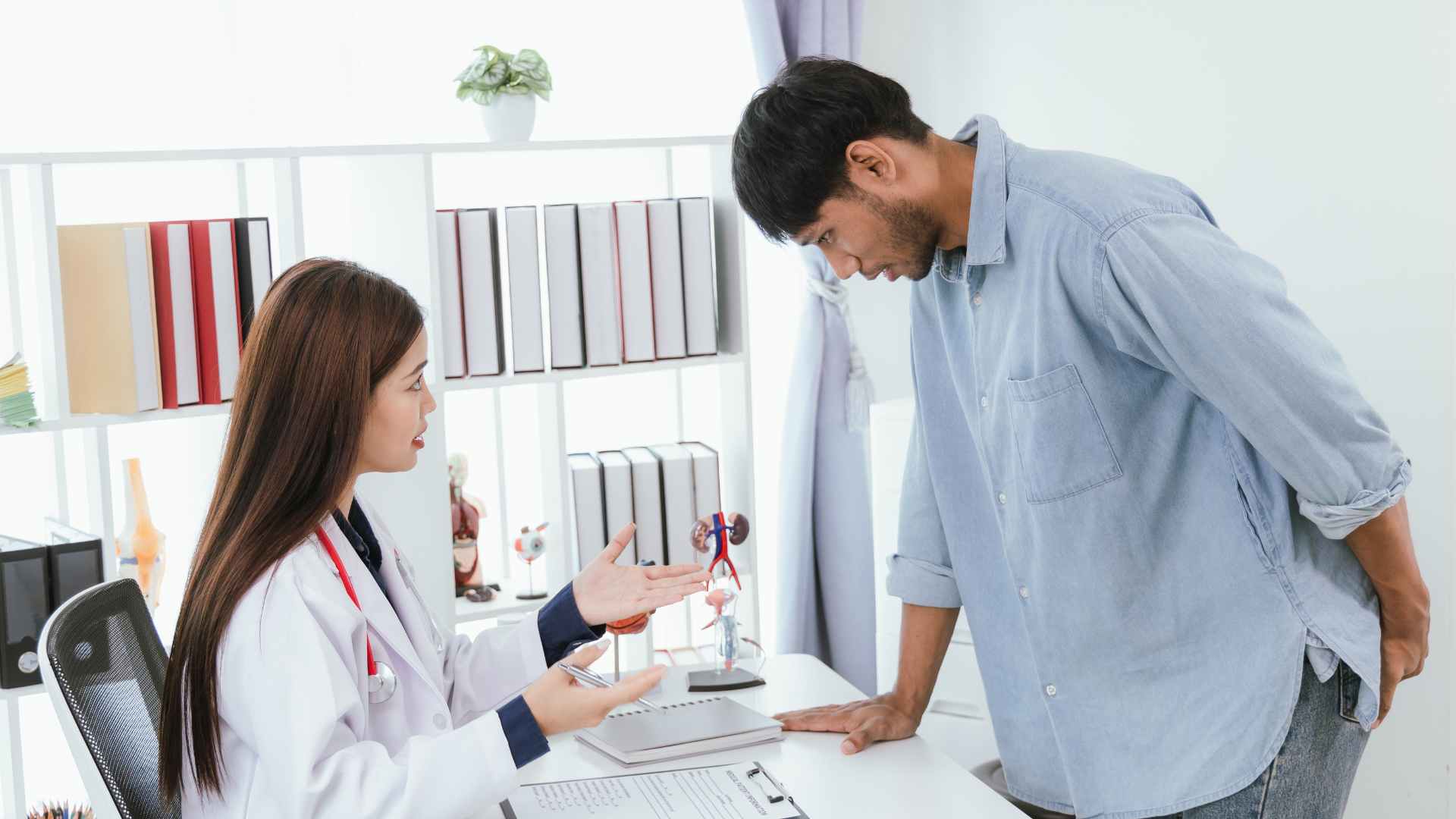Hemorrhoids are a common occurrence in adults—almost half of them experience hemorrhoids at least once in their lifetime. Hemorrhoids are a group of veins, muscles, and connective tissues near the anus that become inflamed and swollen. They can form either around the anus (external) or inside the rectum (internal).
Patients with hemorrhoids may experience symptoms such as itching, bleeding, and pain or discomfort near the anus. Many over-the-counter medications can ease symptoms, and these symptoms may resolve on their own. However, some symptoms may persist, indicating a more serious issue that needs medical attention.
This blog explains hemorrhoids and when to seek medical attention. For minimally invasive, long-lasting relief, consider USA Hemorrhoid Centers. We offer minimally invasive treatment that can provide long-lasting relief.

Symptoms of Hemorrhoids
Hemorrhoids can cause various symptoms that can impact a person’s well-being. Common symptoms of hemorrhoids include:
- Pain and discomfort while sitting down on a hard surface, pooping, or wiping.
- Itching and irritation in the affected area, which can be made worse by excess moisture, mucus membranes from the hemorrhoids, and friction from wiping.
- Swelling of the veins in the anus. Internal hemorrhoid swelling may feel as if something is pushing against the sphincter (opening of the anus).
- Bleeding that occurs after straining while pooping. You may notice bright red blood on the toilet paper after wiping.
- Lumps outside the anus, which indicate external hemorrhoids.
Some hemorrhoids can secrete mucus when they are inflamed. In severe cases, a small amount of stool may leak out if the hemorrhoids prevent the anus from fully closing. Depending on how big the hemorrhoid is, you may also feel fullness even after a bowel movement.
Learn About Internal vs External Hemorrhoids
Mild Hemorrhoid Symptoms
Some patients may only have mild symptoms of hemorrhoids that resolve on their own within a week. Hemorrhoids like these are usually no cause for concern and can be treated with the following at-home remedies:
- Eating more fiber
- Drinking plenty of water
- Using topical creams or ointments such as witch hazel or phenylephrine (Preparation H)
- Sitting in warm water (sitz bath)
If natural remedies don’t work, it may be time to schedule a consultation.

Serious Hemorrhoid Symptoms
You may need help from a medical professional if you are experiencing signs of severe hemorrhoids. These signs include:
- Persistent or heavy bleeding
- Worsening pain and swelling
- Internal hemorrhoid bulges outside the anus (prolapsed hemorrhoid)
- Symptoms last longer than a couple of weeks despite using at-home remedies
In these cases, you may benefit from seeing a hemorrhoid specialist. USA Hemorrhoid Centers’ interventional radiologists are experienced in treating hemorrhoids and can help you find relief that hasn’t been achieved by at-home treatments.
Find a Hemorrhoid Specialist Near You
Untreated Hemorrhoids: Potential Complications
When hemorrhoids are left untreated, they can lead to the following complications:
Prolapsed Hemorrhoid
A prolapsed hemorrhoid happens when an internal hemorrhoid starts bulging out of the anus. They can feel like soft lumps of tissue, but they can be painful. If prolapsed hemorrhoids aren’t treated, they can become permanent and cause further discomfort.
Thrombosed Hemorrhoid
A thrombosed hemorrhoid is when a blood clot forms in the hemorrhoid, causing severe pain and swelling. This works similarly to deep vein thrombosis (DVT), a blood clot in the deep veins of the leg. Unlike DVT, a thrombosed hemorrhoid can eventually burst, leading to intense bleeding, nausea, dizziness, and abdominal pain.
Anemia
The longer hemorrhoids bleed, the higher your chance is of developing anemia. Anemia is when you don’t have enough red blood cells to carry oxygen from the heart to the rest of your body. This can lead to feelings of weakness and fatigue.
Anal fissures
Hemorrhoids don’t directly cause anal fissures, but the irritation from friction can eventually lead to tears inside the linings of the anus.
Infection
Hemorrhoids increase a person’s risk of infection due to bleeding.
Early detection and treatment of hemorrhoids that don’t resolve on their own can reduce your risk of complications.
When to See a Doctor for Hemorrhoids
Hemorrhoid symptoms may overlap with other health conditions, including inflammatory bowel disease or colorectal cancer. You should consider seeing a doctor if you also experience:
- Dark red blood in your stool
- Stool has a tar-like consistency
- Frequent diarrhea or constipation
- Unexplained abdominal pain or bloating
- Unexplained weight loss or fatigue
Additionally, if you are experiencing symptoms of an infection such as nausea, chills, fever, or an increased heart rate, you should head to an urgent care for proper treatment.
Diagnosing and Treating Hemorrhoids
External hemorrhoids are typically easy to diagnose and treat on your own. However, internal hemorrhoids that don’t resolve on their own may need a diagnosis and treatment from a hemorrhoid specialist, such as a colorectal surgeon, gastroenterologist, or interventional radiologist. Hemorrhoids can be diagnosed using the following methods:
- Digital rectal exam: The specialist uses gloves and lubricant to insert a finger inside the rectum and check for hemorrhoids.
- Anoscopy: The specialist uses an anoscope—a hollow, lighted tube—to examine the anal canal and rectum, which can be more effective than a digital rectal exam.
- Proctoscopy: This procedure can help identify hemorrhoids that are further up the rectum.
- Colonoscopy: This involves a longer, flexible tube with a camera to examine the rectum and colon.
USA Hemorrhoid Centers’ team of interventional radiologists offer a minimally invasive treatment known as hemorrhoid artery embolization (HAE). Rather than removing hemorrhoids through surgery, staples, or rubber bands, HAE involves tiny particles through a catheter that block blood flow to the hemorrhoid.
The Benefits of HAE Minimally Invasive Treatment for Hemorrhoids
HAE can be beneficial to patients in a few ways. It’s less painful than other procedures for hemorrhoids such as rubber band ligation, stapled hemorrhoidopexy (using staples to cut off blood flow), or hemorrhoidectomy (surgically removing hemorrhoids). Additionally, HAE can treat higher grade hemorrhoids than other procedures such as infrared coagulation, which involves infrared light to break down hemorrhoidal tissues.
HAE also comes with fewer risks than other procedures. The Journal of Vascular and Interventional Radiology published a study in 2023 evaluating the safety of HAE. The study concluded HAE has a success rate of 93 percent, without adverse side effects. Patients who chose rubber band ligation as a treatment experienced significant pain one week after treatment. Hemorrhoidectomy comes with a higher risk of infection, bleeding, and longer recovery times.
A benefit of HAE treatment is that patients go home shortly after the procedure and quickly resume most activities. There is significant symptom improvement within a week, and the risk of further hemorrhoid complications is greatly decreased.
Contact USA Hemorrhoid Centers for Hemorrhoid Treatment
Don’t let hemorrhoids make bathroom breaks miserable. The experts at USA Hemorrhoid Centers, a national network of AAAHC-accredited radiologists can help you find lasting relief from internal hemorrhoid pain. Call 855.805.4247 or schedule an appointment online. Our Care Team will verify your insurance coverage.









